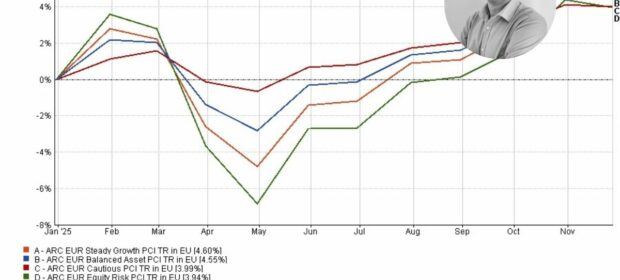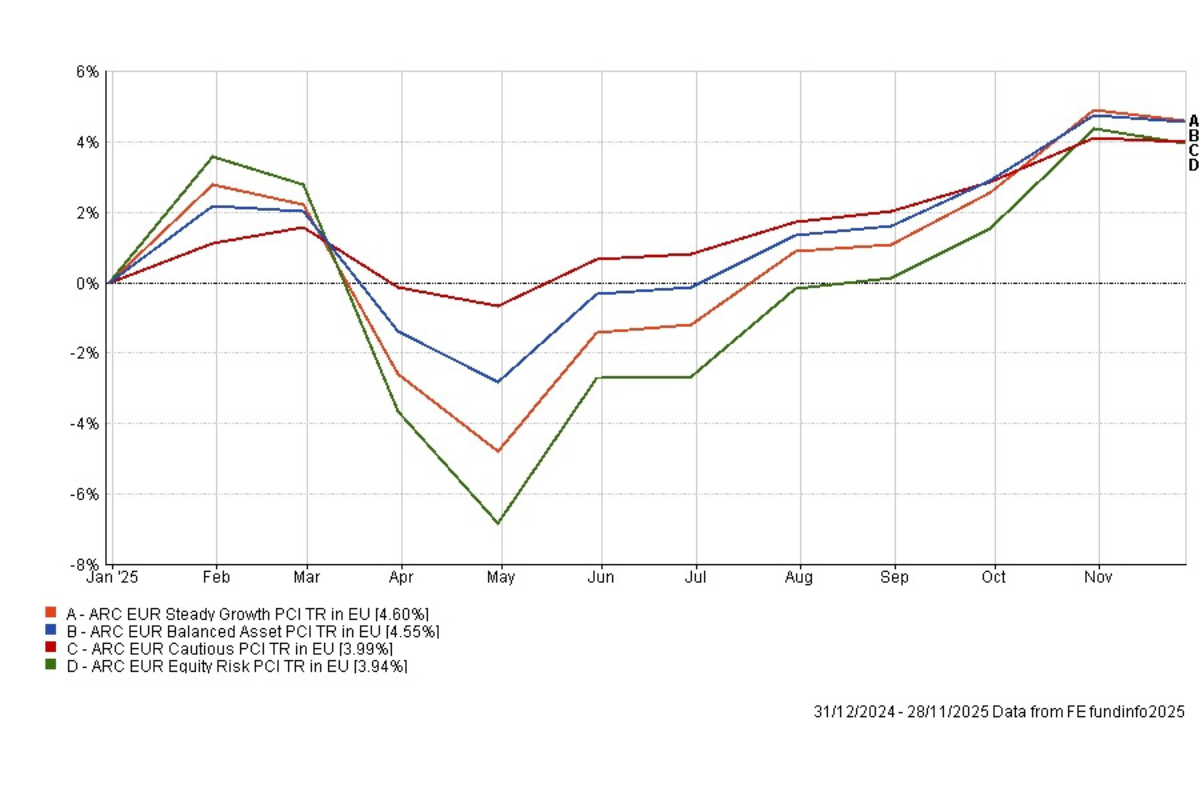Our services include:
Tax planning
Efficient tax planning is about ensuring you pay the right amount, in the right place.
Many people have income arising from many different jurisdictions, whether that be rental, pension or investment income, and each will be treated differently and may even be taxable in different jurisdictions. Even if you believe your situation is relatively simple, there are always planning opportunities and pitfalls as an expat, so it is best to take qualified advice.
We can advise on effective tax-saving structures in your country of residence, restructuring for improved tax efficiency and tax-saving opportunities, whilst ensuring fiscal compliance.
Investments
How you hold and structure your wealth can impact how you are taxed on your investment returns, but personalised investment advice is also very important. It must be looked at in the wider context of your total asset base, financial goals, tax residency, your attitude to risk and capacity for loss.
You should also regularly review your investment strategies to ensure ongoing suitability, not only because of the ever- changing nature of investment markets but also because family and personal circumstances change, as well as one’s attitude towards investing. For example, you might be more risk-averse as you near retirement, or you may need to plan for future income or lump sums.
We are supported by internal and external investment specialists and can advise on the most appropriate investment strategy for you and work with you over time to help reach your financial goals.
Pensions
There is more choice than ever for individuals in respect of their pensions and getting your planning right is critical, as it can have far-reaching consequences.
We are qualified to advise on UK and offshore pension schemes and can offer a wide range of solutions to ensure that your pension planning is right for your retirement goals, lifestyle and country of residence.
Succession planning
Succession planning is decidedly more complicated in Europe, as each country has different rules. These rules not only affect the level of taxation, but who can receive your estate, who pays the tax, and what assets attract tax.
Additionally, many individuals do not realise that they might still have a UK inheritance tax consequence even if they have been living abroad for many years.
We are best placed to look at your position from a multi-jurisdictional perspective, ensuring that your wealth is passed to your loved ones in a simple, controlled and tax-efficient manner.
Trust planning
Trusts are commonly used by families to preserve and protect wealth, and in succession planning.
There are many types of trust and corporate structures and the right one for you and your family, if at all, will be dependent on several factors. Additionally, choosing independent, experienced trustees is also extremely important.
We can guide and advise you on new and existing trust and corporate structures, and their suitability for your personal and family goals.




























